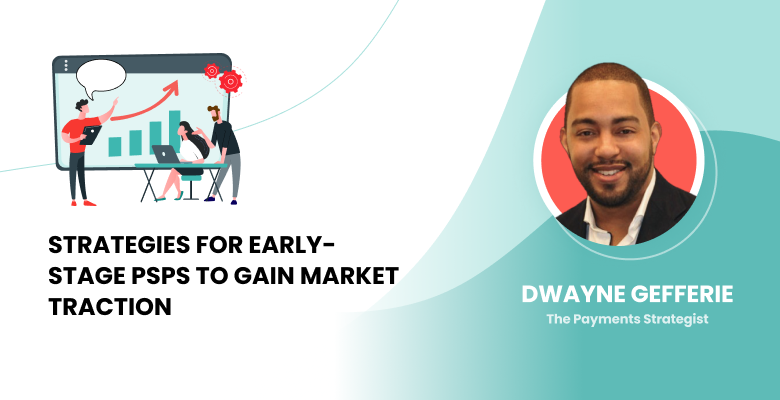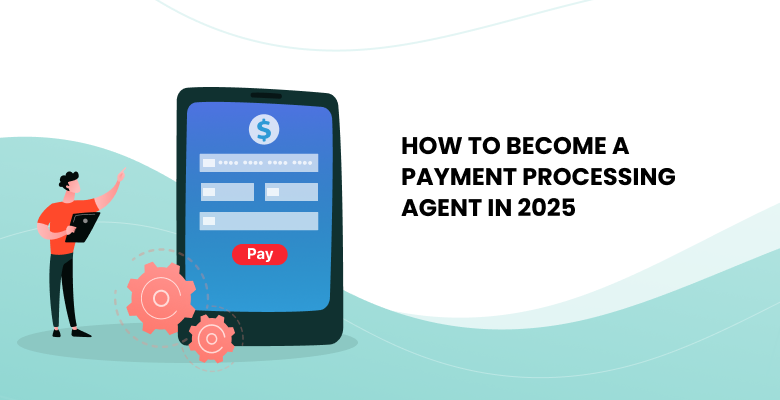
- Can Early-Stage Payments Service Providers Still Win?
- Understanding the Market
- Putting Verticals and Regionality First
- Determining Which Solutions You Will Have To Offer
- Deciding Which Model You Are Going For
- Choosing Which Technology You Are Buying, Renting, or Building
- The Right Selection is Half the Work
- Final Thoughts
Starting a new Payments Service Provider is not as easy as coming up with a five-letter name, building a basic gateway, and buying keywords on Google. For new startups, strategy matters more than anything nowadays.
This article explores the choices early-stage Payments Service Providers must make when selecting their vertical, region, solution, business model, and strategy if they want to gain market traction in today’s payments space.
Can Early-Stage Payments Service Providers Still Win?
In the last few years, payments have gone through a considerable transformation.
Where we have had a period of large consolidations, otherwise known as Mega-Mergers, such as Nexi, Worldline, FIS, and Worldpay, it seems as if things are changing for the better.

Companies such as Stripe, Adyen, Klarna, and others have shown that while legacy players might hold the bulk of the volume, a different approach, targeted at a different core audience in various regions, still has more than enough potential to create the next unicorn in payments.
However, the challenge for most new startups is providing a level of service that is equal to or even better than that of other providers in the market.
In this blog post, renowned Payments Strategist Dwayne Gefferie, together with the Founder and CTO of Akurateco, Andrew Riabchuk, outline some of the strategies Early-Stage PSPs can use to gain market traction.
Let’s Dive In!
Understanding the Market
Too often, new Payments Service Providers are started from the idea that because companies X, Y, or Z are doing so great, there is room for another company to capture market share as well. And while this might be true, from a business perspective, this is not the best way to get started, as you haven’t researched or validated the market before entering it.
Just think about it: while the E-Commerce market is growing at a tremendous rate, does that mean there needs to be another E-Commerce PSP? Well maybe.
But if we look deeper at where that revenue growth is coming from, we will be able to deduce that the growth is coming from micro-and-small merchants who are entering the market by creating their first stores on platforms such as Shopify or Wix.
To do so, they either use internal payments capabilities such as Shopify Payments or tend to use market leaders such as Stripe or PayPal to enable payments.
Instead, new Payment Service Providers should try to find an opportunity in a market that the major players or platforms are not adequately servicing.
How do you do that?
By focusing on Verticals AND Regionality.
Putting Verticals and Regionality First
Verticals could be anything from health, beauty, subscriptions, retail, or even cars.
Regionality is the actual area that you would be able to cover. While we have the tools to cover the world, that might not be the most logical thing to do.
Instead, by focusing on a country first, or even a city, if enough merchants and people live there.
Having those two variables allows a PSP to determine what they could focus on.
Using data that can be accessed online, such as Chamber of Commerce Data, Central Bureau of Statistics, and other sources.
PSPs would be able to identify which segments either have a lot of merchants, who are underserved, or who, through market conditions, have relied on 3rd party providers to allow consumers to find them and connect with them.
Imagine restaurants that deliver food but get most of their orders via Takeaway, Uber Eats, or Delivery Hero; they might be fed up with the high rates they are paying and would rather accept orders and collect their payments daily to better manage their cash flow.
Or think of Travel-Related businesses, such as Car, Boat, Scooter, or Bike rentals, daily excursions, guided tours, etc., that don’t have a massive brand representing them but have a great location or have found success via social media in promoting their unique brand or offerings.
Or think about how more and more people are traveling abroad to places such as Thailand, India, Turkey, and Brazil to either get healthcare treatment that is much cheaper or much better in other countries.
Now apply that to a specific region, such as the UK, the Middle East or the US.
Some examples of potential Vertical and Regionally focused PSPs would be:
- Independent Food Delivery Merchants in the UK
- Travel-Related Businesses in the Middle East
- Healthcare Tourism Businesses in the United States
Determining Which Solutions You Will Have To Offer
Now that we have an idea of which vertical and region we focus on, we have to look at the solutions you will offer.
These would include either:
- E-Commerce
- Point of Sale
- Pay By Link
Based on that, we will also be able to determine which Payment Methods you are offering, as this could include:
- Cards
- Digital Wallets
- Buy Now Pay Later
- Alternative Payment Methods (Open Banking, Direct Transfers, etc.)
Deciding Which Model You Are Going For
Now that we have a good idea of which Vertical, Region, and Solution you are offering, we have to determine which Model you will use.
When it comes to Business Models in Payments, I have written a Primer on Payments Business Model, which comes down to the following.
Depending on the size of the merchants you are focussing on—micro, small, medium, large, or enterprise—there is a pool of potential merchants in the market you are operating in.
Each size of merchant produces a level of revenue, and based on the options they can choose from, the average Net Yield a PSP could earn will be different.
This most common models PSPs go for tend to be:
- Small to Medium Size Merchants
- Large to Enterprise Merchants
Choosing Which Technology You Are Buying, Renting, or Building
As a new PSP now has the Vertical, Region, Solution, and Business Model, the final decision is choosing Technology.
When it comes to Technology, there are basically three options.
- Buy
- Rent
- Build
Each has its benefits and downsides, but it comes down to this.
Gateway technologies can be purchased through a licensing agreement or one-time payment to allow a PSP to configure and continue to build with that model. They have the technology to process transactions, report and analyze data, and integrate with acquirers and alternative payment methods.
Several providers also allow PSPs to rent their technology. This allows the PSP to focus more on the execution and commercial side of their business. In contrast, the Software provider focuses on developing and maintaining the platform and integrating with the required acquirers or alternative payment methods.
Of course, those who are extremely ambitious can build an entire new platform.
The Right Selection is Half the Work
As the saying goes, “A good start is half the job done.” The same goes for any new PSP getting started if they do the above and select the Vertical, Region, Solution, and Business Model.
Unfortunately, that doesn’t guarantee success.
But what gets them a lot closer is choosing the right strategy to align with their ambition of quickly gaining market traction.
Here are the three strategies I would recommend to any early-stage PSP who wants to gain market traction quickly.
Strategy #1: Targeted Solution Product-Market Fit
Suppose a new-entry PSP has already done a fantastic job in its selection process. In that case, this strategy ensures the target group is targeted with this specific solution by specifying pain points and sharing them with this well-defined merchant segment.
Some examples of companies who have been able to do this would include:
- Shopify: Full-Stack E-Commerce/Payments Platform for Direct To Consumer Brands
- Toast: a Restaurant Point of Sale and management system that helps restaurants improve operations, increase sales and create a better guest experience.
- Squire: an All-in-one platform to power your Barbershop Operations.
Strategy #2: Partnerships & Ecosystems
The Payments ecosystem already consists of several categories that focus on their specific domains. These include Tokenization platforms, Fraud Engines, Analytics Providers, KYC/KYB tools, and many more. In addition, there are various companies that engage with the ideal merchant for the PSP you are creating.
By focusing on creating partnerships or participating in ecosystems, this strategy would allow a PSP with a very well-defined product offering to quickly grow into the market and vertical it operates in.
Strategy #3: Seamless User Experience and Personalization
The third strategy early-entry PSPs can use is to focus on seamless user experience and personalization. Companies like Stripe, Square, and PayPal have used this strategy to grow their businesses.
Making the onboarding, implementation, and usage of their product seamless and easy has allowed them to grow through word-of-mouth and simple marketing tactics. The user was easily and quickly convinced that this was the product for them.
Something that works exceptionally well for industries without a high complexity or technical in-house expertise and where simplicity and understanding of the merchant are highly appreciated.
Final Thoughts
By combining the selection of the Vertical, Region, Solution, Business Model, and Strategy, Early-Stage PSPs who are able to execute have the right components to build a fast-growing business.
However, even for those who didn’t, it is never too late to go back to the drawing board and make the necessary changes.






